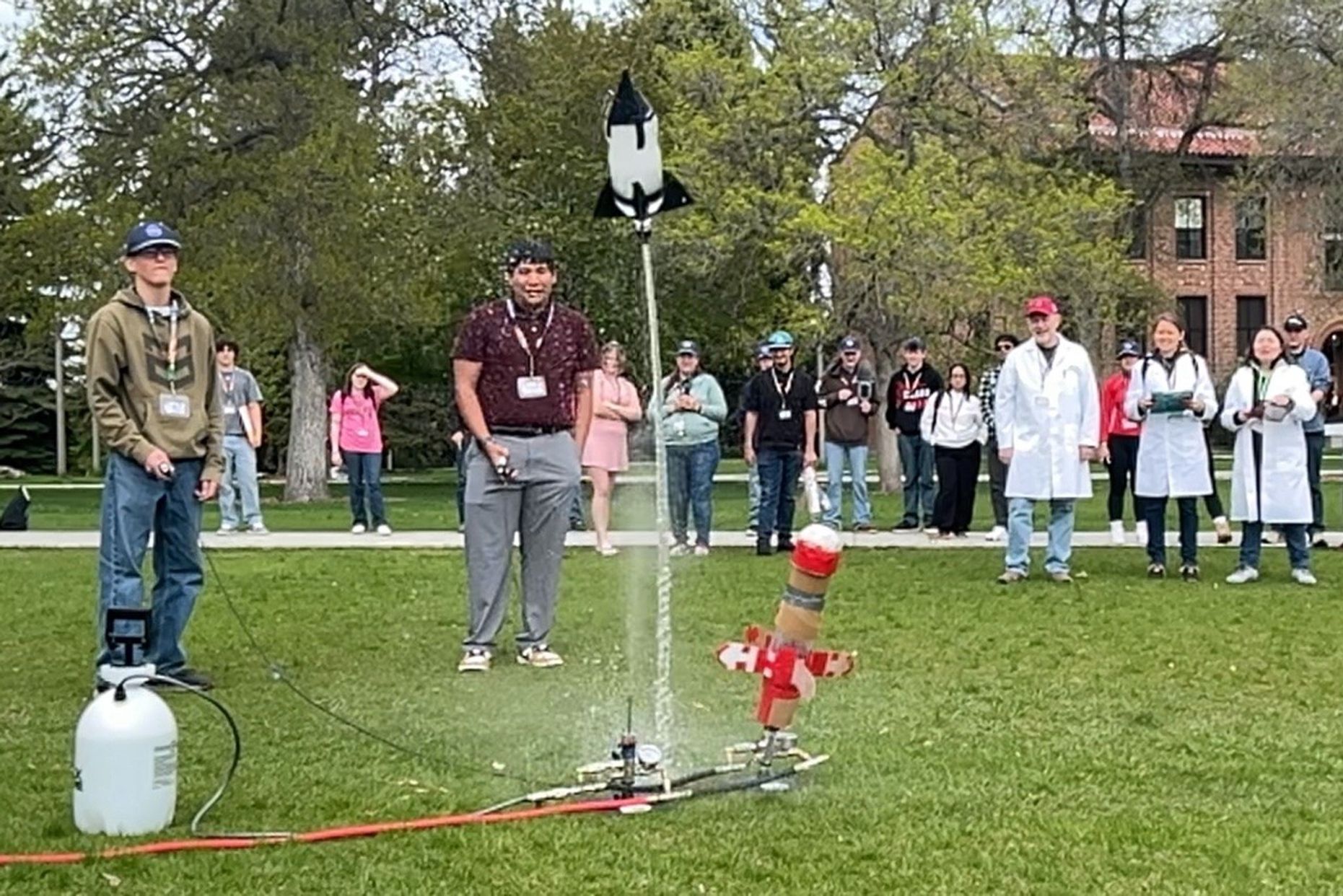The fireworks show you watched in July most likely lasted 20 minutes. But in August, you can watch some celestial fireworks that will last hours and hours. This is the Perseid Meteor Shower. With a clear sky, observers will be able to see up to 60 meteors per hour at its peak.
The Perseid meteors are produced by debris from a comet known as 109P/Swift-Tuttle. With a nucleus of about 16 miles (26 kilometers), it’s the largest object known to repeatedly swing by Earth and will appear again in 2126. In the meantime, Earth will pass through the dust left by previous passes of the comet from July through August, with the peak taking place on the night of August 12th into the morning of August 13th. A meteor is the streak of light visible in the sky as dust particles burn up high in the atmosphere. Mark your calendars now because this night is when you’ll see the highest rate of meteors as they radiate from the constellation Perseus.
Astronomer Bill Cooke of NASA’s Meteoroid Environment Office, offers this insight: "This year the Moon will be near new moon. It will be a crescent, which means it will set before the Perseid show gets underway after midnight. The Moon is very favorable for the Perseids this year, and that'll make the Perseids probably the best shower of 2018."
The speed of a firework rocket is about 150 miles per hour (241 km/h). By comparison, the speed of a particle that makes a Perseid meteor is about 132,000 miles per hour (212,000 km/h). That means that even a small amount of dust from the comet will burn brightly and colorfully as it disintegrates in Earth’s atmosphere. Being icy bodies, Perseid meteors are moving far too fast to survive the heat of ablation; very few survive to an altitude of 45 miles.
According to Bill Cooke, the key to seeing a meteor shower is "to take in as much sky as possible. Plan ahead by locating a viewing area that’s away from the bright lights of a city or town. Ideally, you want as few lights around you as possible. Next, take a sleeping bag, air mattress, or comfortable chair for viewing as you’ll need to wait about 30 minutes after you arrive for your eyes to adjust to the dark. Avoid looking at your cell phone, as the bright display can prevent your eyes from adapting. If you need a light, use one with relatively low intensity and a red filter. Be prepared to be amazed as you view an average of a meteor a minute for hours and hours. The show starts around 10 PM local time, with rates gradually increasing as the night gives way to dawn.
The Perseid Meteor Shower, peaking on August 12th and 13th. For the backyard astronomer in all of us, this is truly nature’s best firework show.
For more information on this and other meteor showers, soar over to science.nasa.gov






























